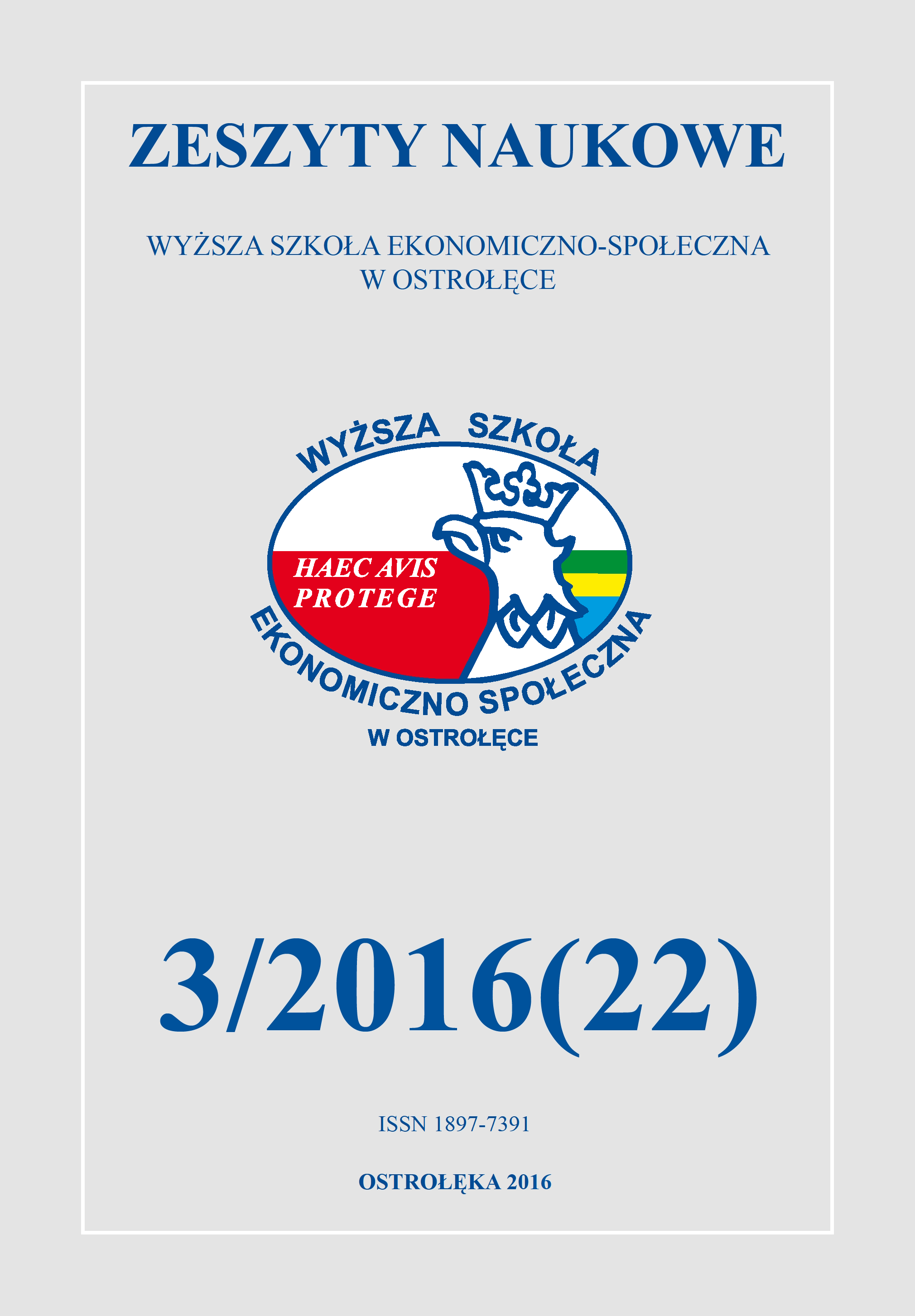INNOVATION IN PUBLIC PROCUREMENT ON BUILDING INDUSTRY OF POLAND
DOI:
https://doi.org/10.58246/sjeconomics.v22i3.331Keywords:
Public procurement, innovation, life cycle costs of the product, passive houseAbstract
The purpose of this article is to analyze and rate ideas related to functioning of the public procurement system, in particular the so called “green orders”, in terms of its impact on the development of eco-innovative solutions in the construction industry.
The public procurement system, due to its obligatory character for many business entities and significant value, establishes the directions of development for many industries, especially the construction industry. The pace of technological progress accomplished after Poland’s accession to the European Union and competing on the global market requires constant implementation of innovative solutions. Public procurement also amplifies the demand for ecological goods and services from public institutions, being one of the most effective instruments of implementing such solutions. The European Union has issued a number of directives, decrees and communiques governing the rules, capabilities and desired range of applying ecological criteria of conferring public procurement. The essay outlines the current situation of ecological public procurement and provides practical examples of creating innovative and sustainable growth, based on the construction industry.
Construction significantly drives the economy, which vulnerable to crises and turbulence. Green public procurement, together with ecological innovations, can positively impact the development and stabilization of the industry, due to its orientation towards sustainable growth.
Experience drawn from other, particularly Western European, countries, such as Germany, Austria and Scandinavian countries, which have a high level of energy efficient and passive constructions based on ecological innovations thanks to research and implementations performed by various institutions and government grants, is a significant benchmark for Poland and the only way of reducing construction costs, which could comply with the EU directive in the near future.
It seems that both researchers and practitioners appreciate the West European line of work, as institutions and initiatives towards implementing sustained construction are being created in Poland. These include, among others: operations of the Polish Institute of Passive Building in Gdansk or Center for Energy Efficient Buildings in Lesser Poland, in Kraków.
Referring to Western European experience, the solution lies in developing our own research facilities, institutions testing and implementing new, native (ie. less expensive) and innovative technological and material solutions.
Cooperation and skill sharing between researchers and practitioners, such as architects, constructors, producers and developers is necessary, as are initiatives towards training staff qualified in building such houses and constructing appropriate equipment on a high school level.
The practical examples of Lesser Polish public finance units outlined in this article denote the existence of ideas and willingness to create new solutions among the Polish engineering staff.
These initiatives, however, require sufficient financial support and research facilities, which can be achieved thanks to the current implementation of a new public procurement law, increasing the role of sustainable procurement.
Furthermore, public investor awareness is increasing in the range of introducing sustained development rules, especially in the utilization of green procurement in the building sector, as evidenced by public facilities constructed in the passive and energy efficient standard.
Published
Issue
Section
License
CC-By licence - allows a work to be copied, modified, distributed, presented and performance of a work only on the condition that the original author is credited. It is a licence guaranteeing the broadest freedoms for the licensee.


